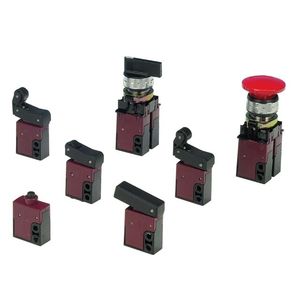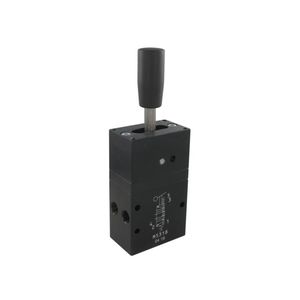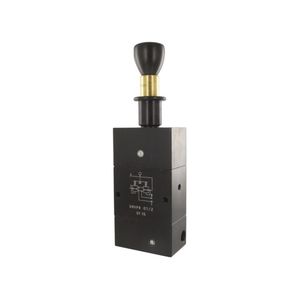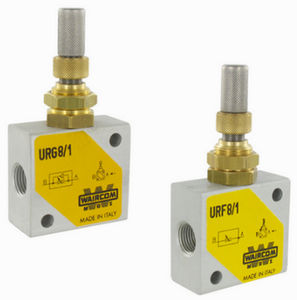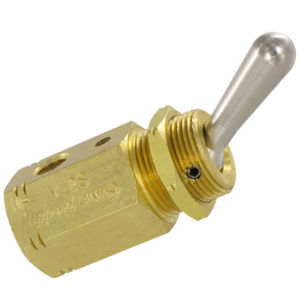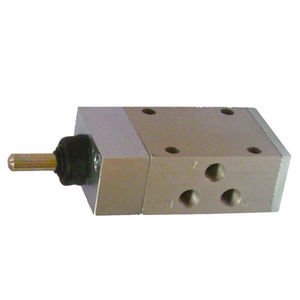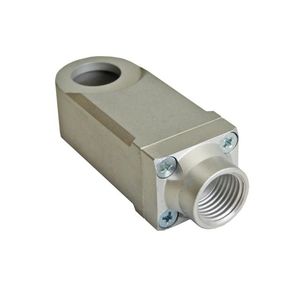
2-way solenoid valve W seriesNCfor hot waterair


Add to favorites
Compare this product
Characteristics
- Ports/positions
- 2-way
- Function
- NC
- Medium
- for hot water, air, for steam, oil, hydraulic, for hydrocarbons
- Body
- brass, stainless steel
- DN
1.2 mm, 1.5 mm, 2 mm, 2.5 mm, 3.1 mm
(0.047 in, 0.059 in, 0.079 in, 0.098 in, 0.122 in)- Voltage
12 V, 24 V, 110 V, 220 V
- Temperature
Max.: 140 °C
(284 °F)Min.: -10 °C
(14 °F)- Pressure
Max.: 30 bar
(435.1 psi)Min.: 0 bar
(0 psi)
Description
Solenoid valves for industrial applications - W Series
The W series solenoid valves, offered by SENGA, are recommended for use in the industrial and pneumatic sectors. These solenoid valves are made in the 2/2 N.C. function and are used in many industrial applications thanks to their compatibility with a wide range of fluids.
Available in direct drive, servo drive and mixed drive versions, the W series valves have a brass body, stainless steel core and springs, brass sleeve and seals in NBR, EPDM, FPM.
Thanks to their robust construction, the W series solenoid valves are resistant to a temperature range of -10 to +130°C, depending on the type of seal.
✔ Compatible with a wide range of fluids
2/2 N.C. Control type: direct, assisted, mixed
Connections: G1/8'' to G2''
NBR -> Water (max 70°C) - Compressed air (max 90°) - Mineral oils and derivatives - Hydrocarbons (methane, ethane, propane, butane, paraffin and gas oil)
EPDM -> Hot water and steam max.140°C, detergents, sodium and potassium solutions, hydraulic fluids and polar solvents (do not use with mineral oils and greases)
FPM (Viton) -> General purpose max.130°C
Materials: stainless steel - (springs, core); brass - (body, sleeve)
Seals : NBR, EPDM, FPM
Catalogs
No catalogs are available for this product.
See all of SENGA‘s catalogsRelated Searches
- Valve
- Hand valve
- Control valve
- Stainless steel valve
- Ball valve
- Water valve
- Pneumatic valve
- Threaded valve
- Electrically operated valve
- Regulating valve
- Stop valve
- Lever control valve
- Flap valve
- Non-return valve
- Electric valve
- Gas solenoid valve
- 2-way solenoid valve
- Directional control valve
- Normally closed solenoid valve
- Biogas valve
*Prices are pre-tax. They exclude delivery charges and customs duties and do not include additional charges for installation or activation options. Prices are indicative only and may vary by country, with changes to the cost of raw materials and exchange rates.



